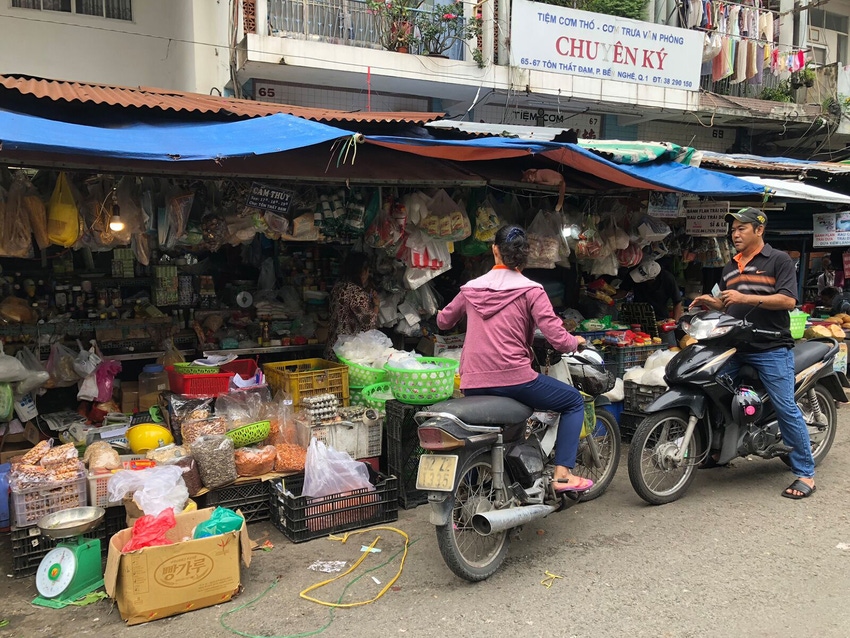Vietnam, Philippines looking to secure more imported pork
African swine fever was only recently confirmed in the Philippines, but already has local processors concerned about supplies.
October 1, 2019

Since African swine fever was first confirmed in Vietnam in February of this year, the disease has spread to all of the country’s 63 provinces. Vietnam’s ASF-related hog losses are estimated at 4.7 million head and its hog inventory is down 19% from the beginning of the year.
Now meat processors are actively looking to secure more imported pork, says Travis Arp, senior director of technical services and market access for the U.S. Meat Export Federation, who’s just returned from meetings in Vietnam as well as the Philippines.
“In Ho Chi Minh City, we invited local further processing companies as well as some U.S. pork suppliers to attend a daylong seminar where we talked about how they can best utilize U.S. raw materials in their further process products,” Arp says. “Many of the processors were very concerned about the African swine fever situation in Vietnam. It’s extremely widespread across the entire country and the pork production has been significantly impacted, so companies who might traditionally use many domestic pork products for their further processed finished products are now looking to imported raw materials and the U.S. is very well positioned to be a good consistent supplier for their businesses, and so a lot of interest from those companies on discussing future purchases.”
ASF was only recently confirmed in the Philippines, but already has local processors concerned about supplies. According to the Philippine government’s most recent estimate, about 20,000 pigs have been lost to ASF or were culled to prevent further spread of the disease.
“An interesting time to be in Manila with the African swine fever issue just starting to really evolve and the local industry starting to wrap their heads around the impact that might have,” Arp says. “They have a very large backyard hog population, and so much of the industry is still trying to gauge what the potential impact could be to pork production. The Philippines is a large pork consumer, a large importer globally of pork. Just given the amount of products that they produce on the further process side and consume there domestically, there’s going to be a continued demand for pork from all over the world in order to meet their demand needs.”
Other countries in Southeast Asia where ASF is present include Cambodia, Laos and Myanmar. The disease was also confirmed this week in East Timor.
Source: USMEF, who is solely responsible for the information provided, and wholly owns the information. Informa Business Media and all its subsidiaries are not responsible for any of the content contained in this information asset.
About the Author(s)
You May Also Like



